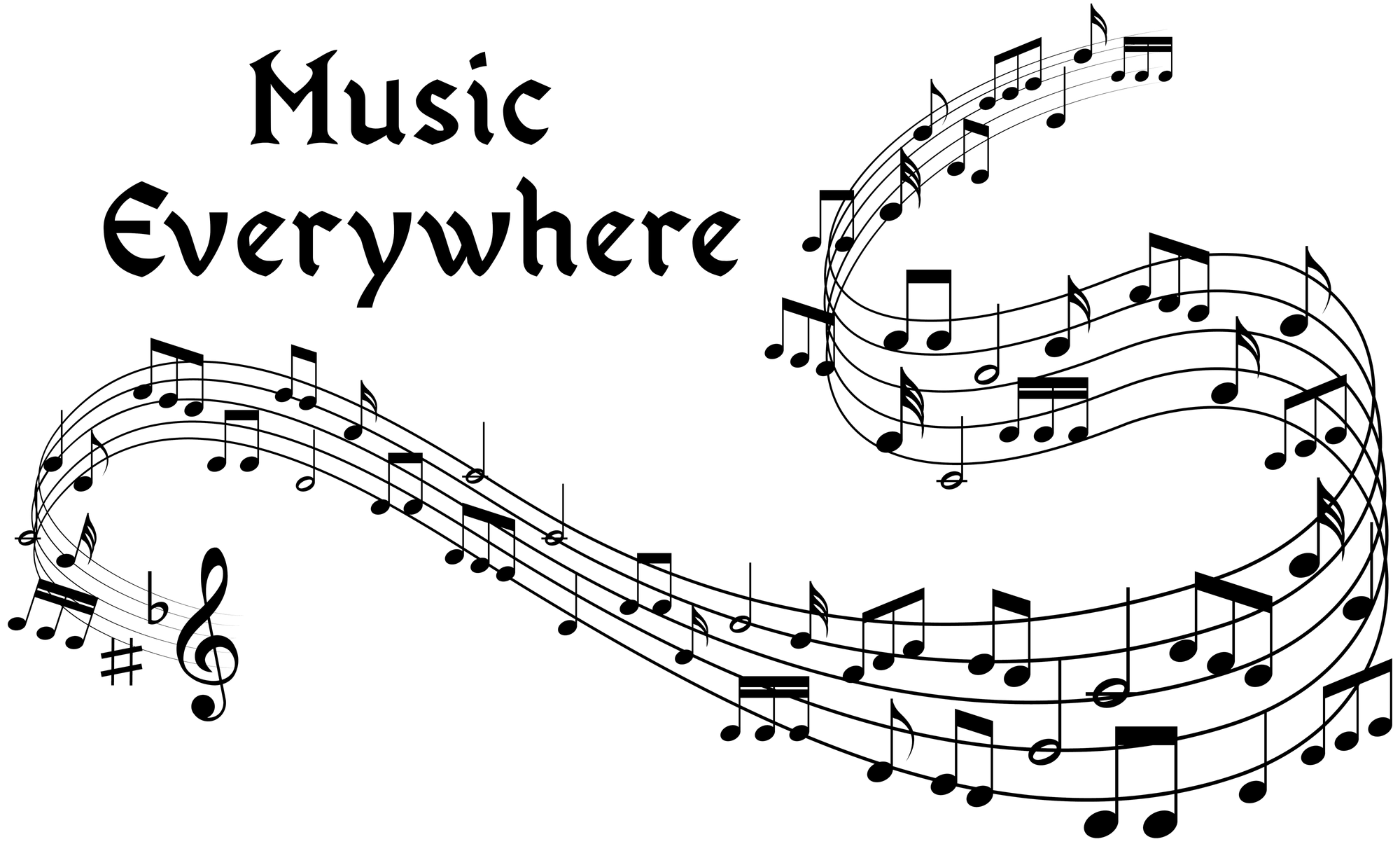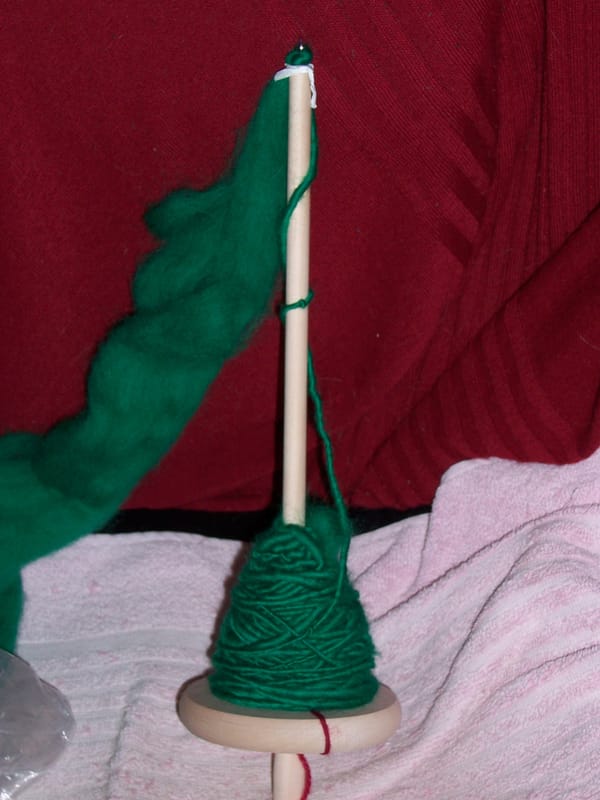Twenty lovesick maidens we

To avoid confusion, I'll say right now that I didn't do the costuming for the performance of Annie Get Your Gun shown in the feature photo; but these are the only good theatrical photos I have (my sister has been in several other productions but I haven't been able to get photos, for various reasons). She's a soprano, and a pretty good one, and Annie is an alto role, so that was a little bit of a challenge; but she had some coaching for the accent and she did extremely well. She can act. I can't.
However, as mentioned before, I would very much like to do stage costuming; and I have quite a few ideas about that, based partly on my sister's musical-theatre-related input and partly on my own rather limited stage experience. While, as I say, I can't act, I can at least look like a convincing extra; but my opportunity to do so was always limited in the past by the fact that without my glasses I am inclined to greet strange lamp-posts in the street, so I had to be kept well away from the edge of the stage because I couldn't see it clearly and one doesn't want accidents. (These days, of course, the wheelchair is a bit of an encumbrance; though some stages do have wheelchair lifts.)
But even extras have to be costumed, and that is how I know that the most important thing of all is to make sure that the costume fits and the wearer can move comfortably in it. In the sixth form I was in a school production of Twelfth Night (which is still my favourite Shakespeare play), and I was half an attendant to the Lady Olivia. Half an attendant? Yes, because the director messed up and gave the same line to two people, so we split it. I was beanpole thin at the time, and the only suitable costume was... well, put it this way, I think it'd be loose on me even now. So they shored it up with safety pins rather than actually alter it, because there was no guarantee that the next person who needed it would be so thin. This was a mistake. I can fully understand why they did it, but the safety pins were inclined to spring at inconvenient moments, and one of them somehow managed to embed itself in my elbow during the dress rehearsal, so there was very nearly a noise that Shakespeare had not actually scripted. So... please don't do this. (It was, I'll grant, a nice costume; but I'd have been quite happy with a much plainer costume that fitted better.)
That leads me nicely on to Iolanthe (we'll get to the title line in a while; have Patience!). Here, you have a chorus of fairies; and, as is often the way with G&S operas, two of the fairies have major roles (Iolanthe herself and the Queen), and then there are these two roles whose names I can never remember, which are pretty minor. They're just chorus parts with a few short solo sections. And it's very tempting to think, "oh, fairies - right, great big wings made from craft wire and organza or tulle or similar". I thought that myself, for about thirty seconds. And then I thought... nope. If you have a large and extremely delicate pair of wings strapped to your back, they may look wonderful but you can't feel them, so without some unusually careful choreography (especially if it's a small stage) it is very difficult to avoid two pairs of these wings hitting each other at some point, and wings getting bent out of shape or coming off altogether is not a good look. It distracts the audience. And you do not want to fall out with the director by causing them to do a lot of extra work to accommodate your lovely costumes, so, no wings (or, at the very most, just small token ones). Therefore, to compensate, you want a lot of your delicate sheer fabrics elsewhere; and what I'd do is overskirts. Given a free rein, what I'd like to do is dress all the fairies in green, purple, gold, and silver, in various combinations (skirt, bodice, overskirt, and possibly headband); but I'd have all the named parts wearing solid colour. So, while your typical chorus member might be wearing a gold skirt with a green bodice and purple overskirt, I'd have the Queen all in gold, Iolanthe all in silver, and the two bit parts in purple and green. That way, they form a harmonious whole but you can still tell who's who.
Fairies are pretty much fairies regardless of the time period you choose, so you could do a modern-dress Iolanthe and it would be much the same, except possibly shorter skirts. Also, there are some productions - and now we're definitely talking about Patience - that don't really admit of temporal tampering; that opera satirises the Victorian Aesthetic movement, and you can't take it out of its time period without having to make drastic alterations to the libretto. The twenty lovesick maidens are quite similar to the fairies, in that there's one fairly major part among them in this case (Lady Jane) and two minor ones. This time you've really got to go for Victorian dress, but they do have to move about, so you make it as comfortable as possible. I would give them all white high-necked blouses and different coloured walking skirts; a Victorian walking skirt is a great thing, because it looks quite straight at the front but there is a lot of fullness at the back, so there is a lot of room in it but it doesn't get in the way. (And Folkwear even do a pattern for it, which is again very useful.) And then everyone gets a white parasol except the named parts, who each get either one to match their skirt or a floral one, whichever's easier to do.
Most of the time, though, it's not as straightforward as that. You do have to talk to the director before you start getting costume ideas. Remember that production of Lucia di Lammermoor that I mentioned? That ended up getting done 1950s/60s Mafia style, which works extremely well with the set-up (rival families and that sort of thing). So it's no good dreaming up lovely baroque gowns for the doomed Lucia if what the director actually has in mind is mini-skirts and polo necks. Similarly, although the last Mikado I went to was costumed in Japanese fashion as is traditional (with a particularly impressive Katisha), it's quite common these days to avoid that due to concerns about cultural appropriation. My personal feeling is that if Japanese people object to it as it is, then fine, do it another way, but if they don't... let's face it, The Mikado isn't really about Japan anyway, even though it's ostensibly set there. It's satirising some very English ideas. But, again, that's the director's decision and you go with it.
I do, however, feel that if the director isn't going to be consistent, it is appropriate to have a gentle word. I once saw a production of Monteverdi's L'Orfeo which was musically outstanding, but the staging was bizarre in a number of ways. First of all we had the Spirit of Music in an evening gown (and, for no apparent reason, carrying two cheap shopping bags). Then we had various people in Greek costume, except Orpheus himself, who was wearing a dinner jacket. A little later Pluto walked onto the stage in a pair of black Y-fronts and was dressed by his attendants while he sang his aria; and I thought, you are a very fine bass, but I can't take you seriously now that I have seen the Underpants of the Underworld. And so it went on. Had I been involved with the costuming on that one, I'd have... queried things. Probably rather a lot, in fact. (Charon, incidentally, was great. He had by far the best costume of the lot, and he was a very good actor too - most impressively scary!)
I've mostly talked about costuming choruses, which is, in a way, the easy bit (though they're all going to need individual help with fitting). But what about costuming Pooh-Bah, or Jack Point (always a fun one), or for that matter Rosalinde in Die Fledermaus or Hanna Glawari in Die lustige Witwe? Or, indeed, Orpheus, assuming you're not just going to make him wear a dinner jacket?
The way I see it, you work inwards. You start with the overall theme/time period, and do your research accordingly, the same as you would for the chorus. Then you consider the specific needs of the character; so, obviously, Pooh-Bah needs to be very grand, Jack Point needs a late-mediaeval jester's outfit, Rosalinde needs to look sophisticated but not super-rich (she's upper middle class, not aristocracy), Hanna is a multi-millionaire so for her you can lay on all the sparkle, and Orpheus... well, he just needs to look as ancient Greek as is consistent with modesty! And finally you have to accommodate all that to the person who is going to be playing the role. Take time and trouble to get the fit perfect. Make sure the person wearing it has plenty of time before the production to get used to moving in it, and fix any issues ahead of time. Jack Point can get quite enough laughs without any of his bells falling off, and Orpheus needs to be certain that his chiton won't catch on his lyre. Main characters usually have more than one costume, so it's quite a lot of work.
And finally... main part or chorus part, it doesn't matter, but when you fit them, get them to wear the same underwear they're going to be wearing for the performance. Especially if they're a woman. That comfy old non-wired bra is going to give a completely different fit from the brand-new Gossard Superboost they'll be wearing on stage, and it's too late to fix that on the night.
OK, those are the ideas... now I'd like a chance to put them into practice!




